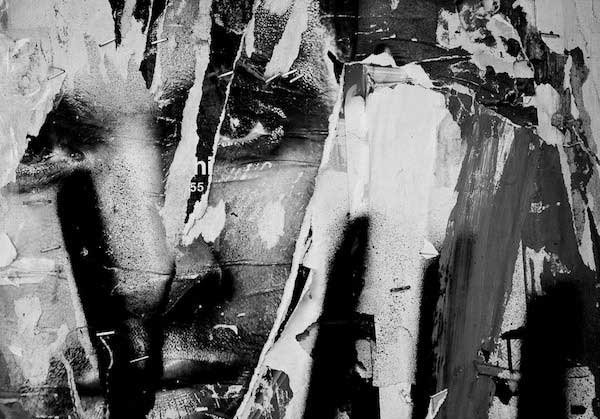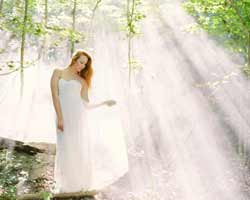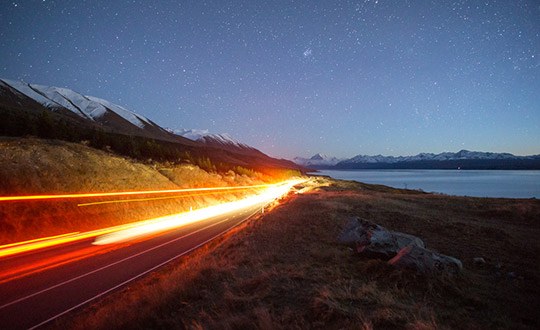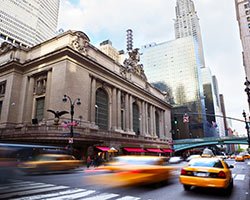Making mistakes is all part of the learning process as a photographer (and as a human being, for that matter). But it is always nice to avoid a few along the way. Here are eight tips that could save you time and headaches.

Experience is the name everyone gives to their mistakes. - Oscar Wilde
1. Always back up your work. Always. Every time. Period. There are two kinds of hard drives: Those that have failed and those that will fail. Bottom line is that your hard drive will fail at some point, and if you put off backing up your images then you will eventually lose them. Don't wait for the inevitable — pick up a hard drive today with multiple drives, and back up your work. I use a mirrored raid set up (RAID 1).
2. Shoot RAW. Sure, some cameras have a great built in JPEG conversion, but why spend your hard earned money on the latest and greatest camera just to clip its wings and shoot in JPEG mode? Shoot RAW to get the most out of your files and increase the exposure latitude if the image is under or over exposed. I import all my work in RAW format into Lightroom, where I can work on RAW images without changing the original file. Lightroom features nondestructive editing, and one only needs to convert from RAW to JPEG or TIFF when exporting or working in Photoshop. There is no need to shoot both RAW and JPEG.
3. Only show your best work. One or two mediocre images in your portfolio or on your website can cause prospective clients go with another photographer. Self-editing is hugely important in any creative field. Not everything you shoot is going to be gold — we all have off days. Don't get attached to images, even if they were hard to capture or you had high hopes for them. Be ruthless in your final edit when it comes to selecting the images featured in your portfolio or on your website. Ask accomplished photographers to review your options, or seek out a photography consultant to go through your work if you need help editing.
4. Use a handheld light meter. Any photographer worth their salt uses a meter when in the studio. Using histograms and viewing images on your DSLR LCD screen just doesn't cut it. Histograms can't sort out ratios, and your LCD is not accurate enough to determine proper exposure. Plus, using a meter saves you time! I work out all my lighting before the subject gets on set. I stand in where the subject is going to be situated or have an assistant stand in for a lighting test. I use the meter to determine proper exposure, lighting ratios, highlights, dynamic range, and more.
Consider this: when shooting with a white background, in order for the white to stay white and not go muddy or grey, the background must be 1 to 1.5 stops brighter than the subject exposure. How does one do this effectively without a meter? The answer is, not very well.
A photographer looks unprofessional when they are "chimping" (looking at photos on the back of a digital camera, usually immediately after a shot). Using a meter gives you the proper exposure settings, so usually only very minor tweaks are needed. If you are continually shooting, chimping, and changing lights while the subject is on set, they lose interest — and even worse — they may lose confidence in you.
5. Always get a deposit when booking a shoot. Every photographer will get burned at one point or another by a client who cancels last minute, takes forever to pay, or worse, never pays. Asking for a deposit upfront is highly recommended, especially if it is larger gig and requires rentals, assistants, or other costs. I ask for 50% to 60% upfront from all larger clients and a smaller deposit for actor or corporate headshots. I have had more than one actor cancel at the last minute, so now I only book shoots after they have sent a nonrefundable deposit.
6. Don't cheap out on your tripod. A good rule of thumb is that you should spend at least 10% of what you spent on your camera on a good, sturdy tripod. For example, if your camera costs $3,000, then spend at least $300 on a tripod. You get what you pay for. Cheap tripods are often poorly built and cannot handle the weight of your camera. This instability results in blurry shots.

7. Shoot extra images. In my assisting days, a photographer I worked for said, "Film is cheap — reshoots are expensive." That wise remark has stuck with me all these years. Now, fast forward to digital age, and there is no reason not to shoot extra to make sure you have the shot! Nothing is worse than finding a perfect expression or the decisive moment and then zooming in 100% to discover that the image is soft. Shooting extra makes your chances of getting a few select images that much greater. Don't go overboard, but shoot enough to make sure you have everything you need and then some.
8. Charge by the shot, not by the day. I found out the hard way that some clients try and squeeze in as many shots as they can if you charge by the day. It happened to me when I shot on a commercial location one night (all night, actually, until 6AM) when the store was closed. I was asked to get shot after shot and version after version, with every conceivable combination of models and background models. What was supposed to be a fairly reasonable day (or night in this instance) turned out to be a non-stop photo circus with me and my assistant running around trying to keep up with the ever-increasing shot list. "Never again!" I promised myself. Now I break down the number of shots required, determine how many days it will take to shoot, and then quote based on that calculation. If a client wants more shots taken, then it is always extra and only if we have time to do it well. If clients book you based on what they see in your portfolio, they must be made aware that good work takes time. Educate your clients.
I hope these tips were helpful. Now go out there and keep shooting!
Bonus: Want to learn photography? Enroll in an online photography course from NYIP today.






